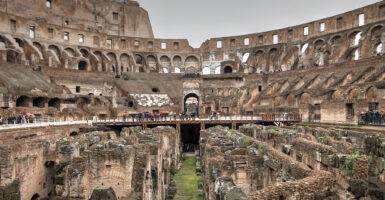19 Jaw-Dropping Geological Formations You Need to See to Believe
Nature’s architectural prowess has created formations that seem to defy physics and geology. These incredible structures remind us that Earth’s most impressive monuments weren’t built by human hands.
From twisted rock spires to crystalline caves, these formations showcase our planet’s artistic side.
Giant’s Causeway (Northern Ireland)

Forty thousand hexagonal basalt columns rise from the coast like a giant’s stepping stones. Formed by ancient volcanic activity, these perfectly geometric columns appear too precise to be natural.
Local guides share legends of giants building bridges to Scotland. Scientists study the site to understand the rapid cooling effects on basalt formation.
Wave Rock (Western Australia)
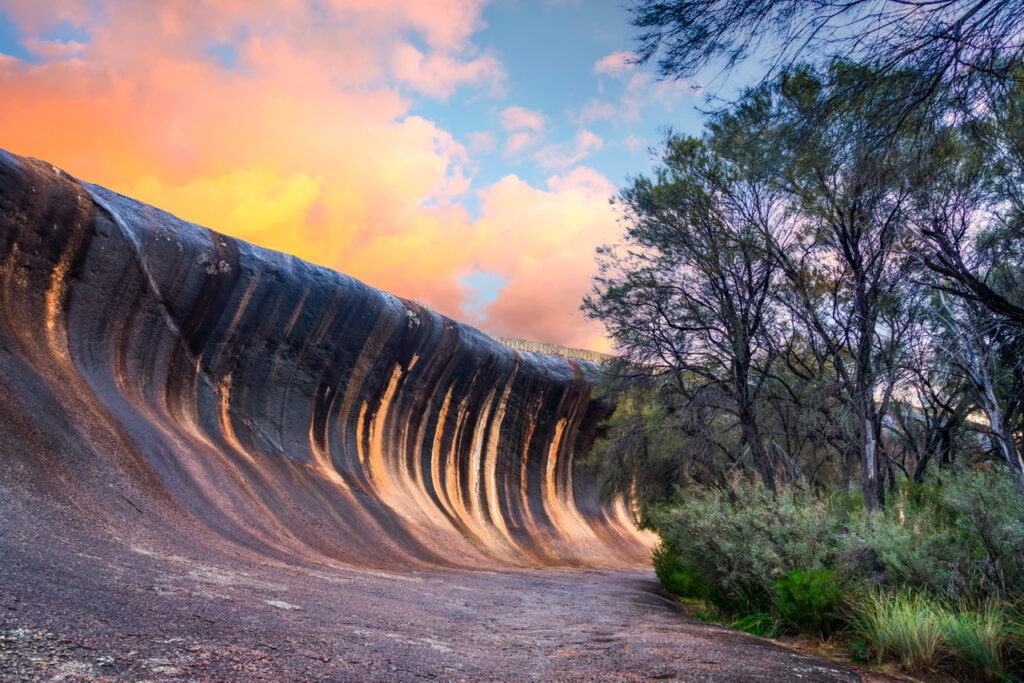
This massive granite wall rises 46 feet high, curved like a breaking ocean wave frozen in stone. Wind and water erosion over 2.7 billion years created its distinctive shape.
Indigenous people incorporated it into their Dreamtime stories. Geologists use it to study ancient weather patterns.
Like Go2Tutors’s content? Follow us on MSN.
Zhangjiajie’s Floating Mountains (China)

These sandstone pillars inspired Avatar’s floating mountains, rising through the mist like ancient skyscrapers. Some towers reach heights of over 3,500 feet.
Local climbers developed unique techniques for scaling these vertical mazes. The formations create their microclimate.
The Door to Hell (Turkmenistan)

This 230-foot-wide crater has been burning continuously since 1971. Geologists lit it to prevent the spread of methane, expecting it to burn for weeks.
The surrounding desert ground is hot enough to melt boot soles. Scientists study extremophile organisms living in its depths.
Fly Geyser (Nevada, USA)
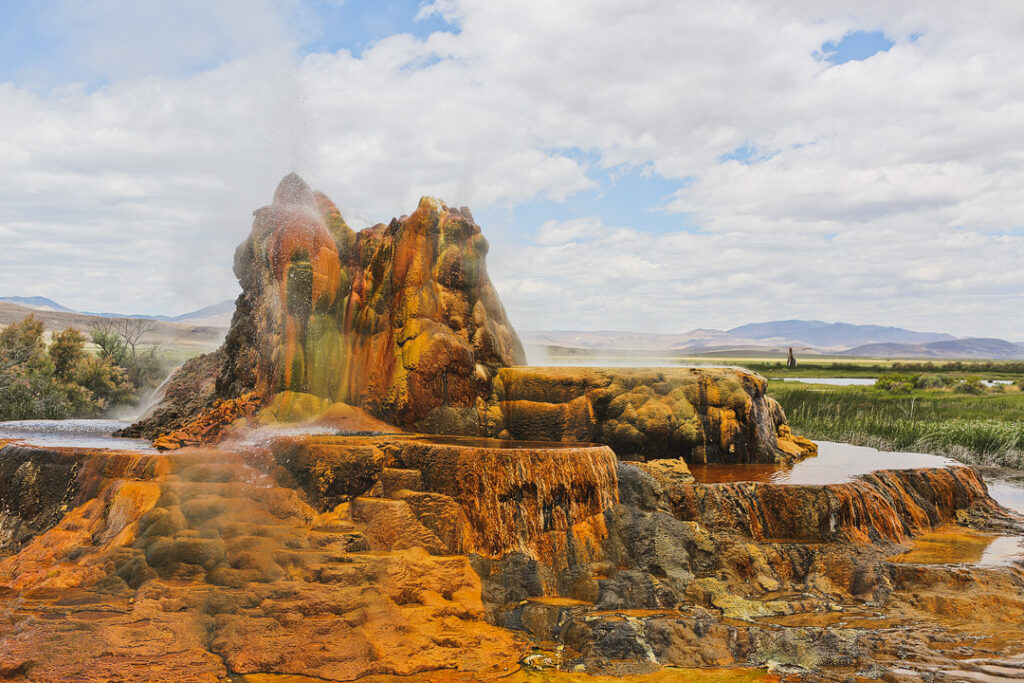
This accidental wonder formed when a geothermal well was improperly sealed, creating rainbow-colored mineral terraces. The geyser grows several inches each year from mineral deposits.
Local photographers track their changing colors through the seasons. Thermophilic algae create its striking rainbow hues.
Like Go2Tutors’s content? Follow us on MSN.
Pamukkale Terraces (Turkey)

These white calcium terraces look like a frozen waterfall cascading down a hillside. Mineral-rich springs create natural infinity pools with therapeutic properties.
Ancient Romans built a city around these formations. The water chemistry changes subtly with the seasons.
Crystal Cave of Giants (Mexico)
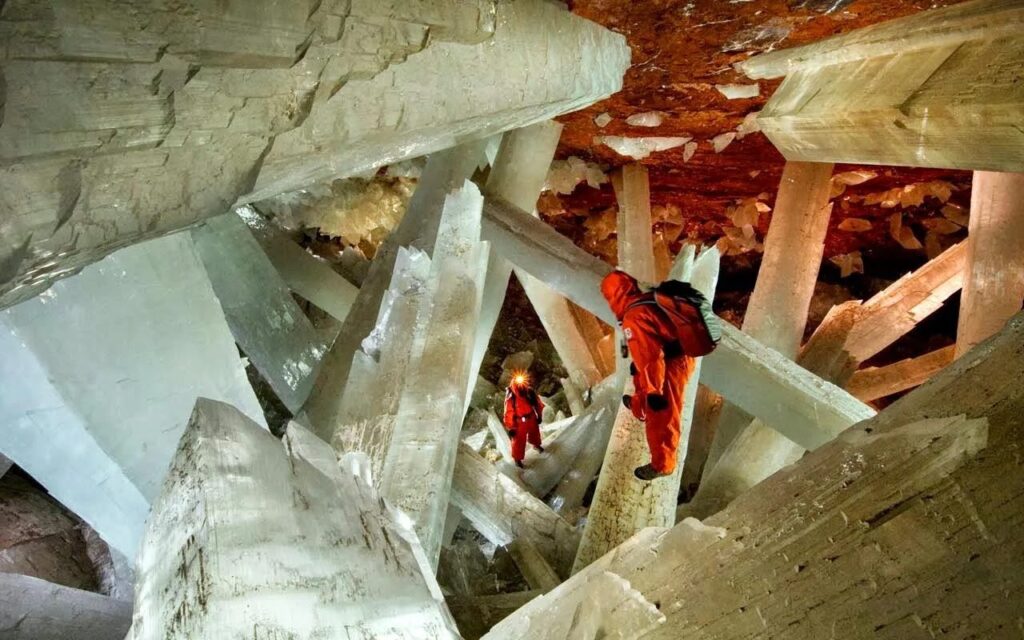
This cave contains the world’s largest known natural crystals, some reaching 36 feet in length. Conditions must remain precise to prevent crystal deterioration.
Scientists study ancient climate data trapped within the crystals. Special cooling suits are required for exploration.
Moeraki Boulders (New Zealand)

These perfectly spherical stones dot the beach like dragon eggs. Each boulder took over 4 million years to form around a central core.
Māori legends describe them as remains of an ancient canoe. Scientists use them to study concretion formation processes.
Like Go2Tutors’s content? Follow us on MSN.
Fingal’s Cave (Scotland)

This sea cave features naturally hexagonal columns, creating perfect acoustics. Victorian tourists called it “Nature’s Cathedral” for its organ-like sounds.
Composers have written pieces specifically for its acoustic properties. The cave alignment creates spectacular light effects during sunset.
Blood Falls (Antarctica)
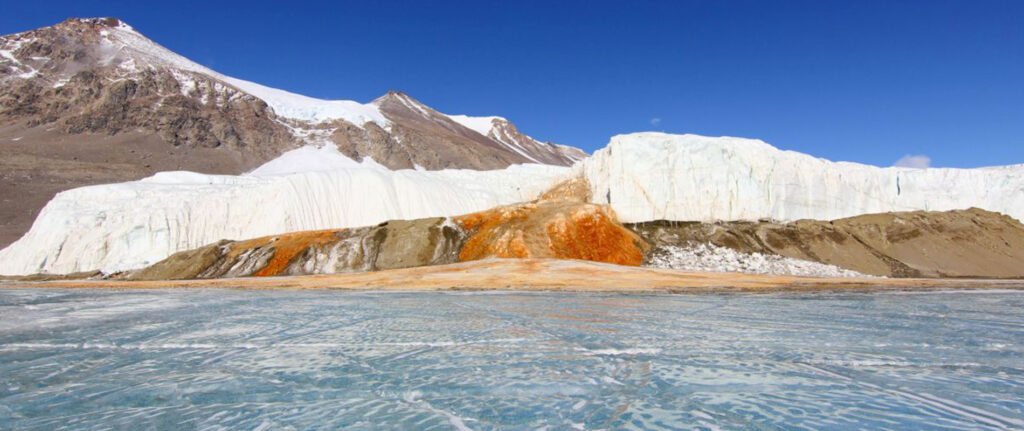
This blood-red waterfall flows from Taylor Glacier, staining the white ice crimson. Iron-rich saltwater feeds ancient microbes sealed beneath the ice.
Scientists study it for clues about potential life on Mars. The falls help track glacial movement patterns.
Chocolate Hills (Philippines)

Over 1,700 symmetrical hills turn chocolate brown during dry seasons. Geologists debate whether they formed through marine limestone uplift or erosion.
Local tourism created unique viewing platforms between the mounds. The grass species covering them exist nowhere else.
Like Go2Tutors’s content? Follow us on MSN.
Cave of Crystals (Mexico)

Massive selenite beams fill this cave like a Superman fortress. The crystals formed over 500,000 years in perfect conditions.
Scientists study fluid inclusions for ancient climate data. Special suits prevent human contamination of the environment.
Wave Rock (Arizona, USA)

This sandstone formation shows layer upon layer of flowing rock frozen in time. Wind erosion created its smooth, wavelike surface over millions of years.
Photographers track its changing colors throughout the day. The rock tells a story of ancient dunes.
Waitomo Glowworm Caves (New Zealand)

Thousands of bioluminescent larvae create living constellations on cave ceilings. The cave system developed unique acoustic properties over millennia.
Scientists study the glowworms’ synchronized light patterns. The cave maintains its microclimate.
Like Go2Tutors’s content? Follow us on MSN.
Spotted Lake (Canada)
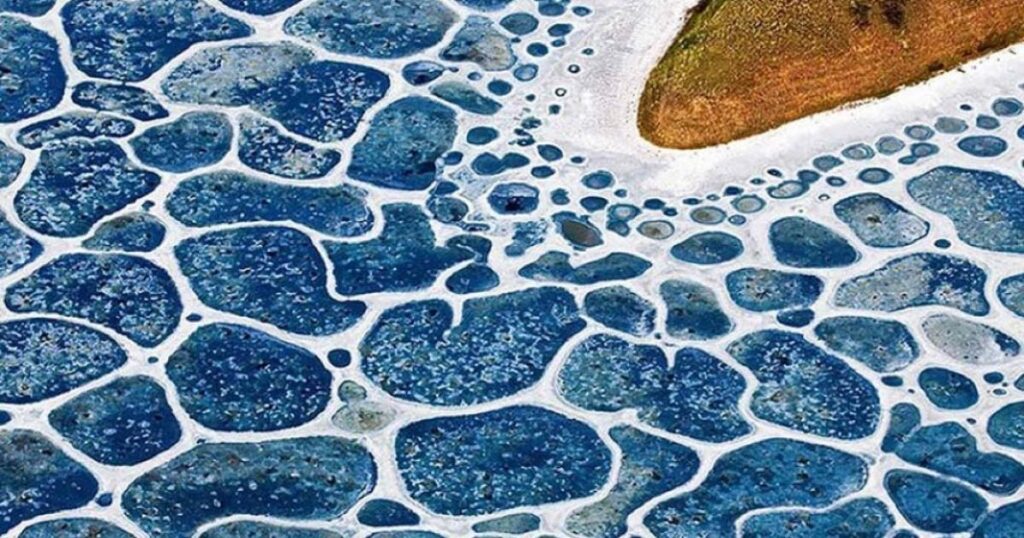
This mineral-rich lake forms perfect circular pools of different colors during summer. First Nations peoples used it for healing ceremonies for centuries.
Scientists study its unique mineral composition. The colors change based on mineral concentration.
Antelope Canyon (Arizona, USA)

Flash floods carved these smooth, flowing walls in sandstone over millennia. Sunbeams create different light shows throughout the day.
Photographers plan visits around specific light angles. The canyon’s acoustics create unique echo patterns.
Socotra Dragon Trees (Yemen)
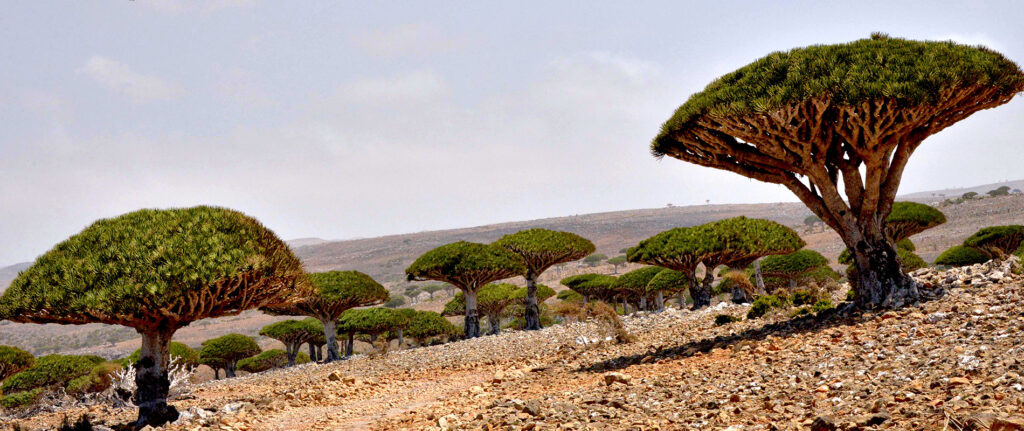
These ancient trees evolved in isolation, creating otherworldly umbrella shapes. Some specimens are over 500 years old.
Scientists study their adaptation to extreme conditions. The trees create their ecosystem on the island.
Like Go2Tutors’s content? Follow us on MSN.
Salar de Uyuni (Bolivia)

The world’s largest salt flat becomes a perfect mirror during the rainy season. The salt crust covers an ancient lakebed rich in lithium.
Local guides use ancient navigation techniques between salt mounds. The flat affects local weather patterns.
Stones of Phenomena (Russia)
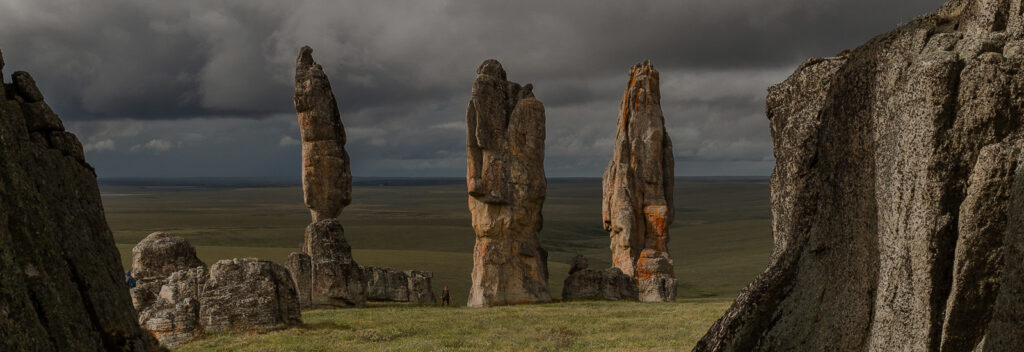
These massive stone spheres emerge from the forest floor like ancient monuments. Geologists debate whether they’re concretions or artificial.
Local legends describe them as giants’ marbles. Their perfectly spherical shape defies explanation.
Earth’s Living Gallery
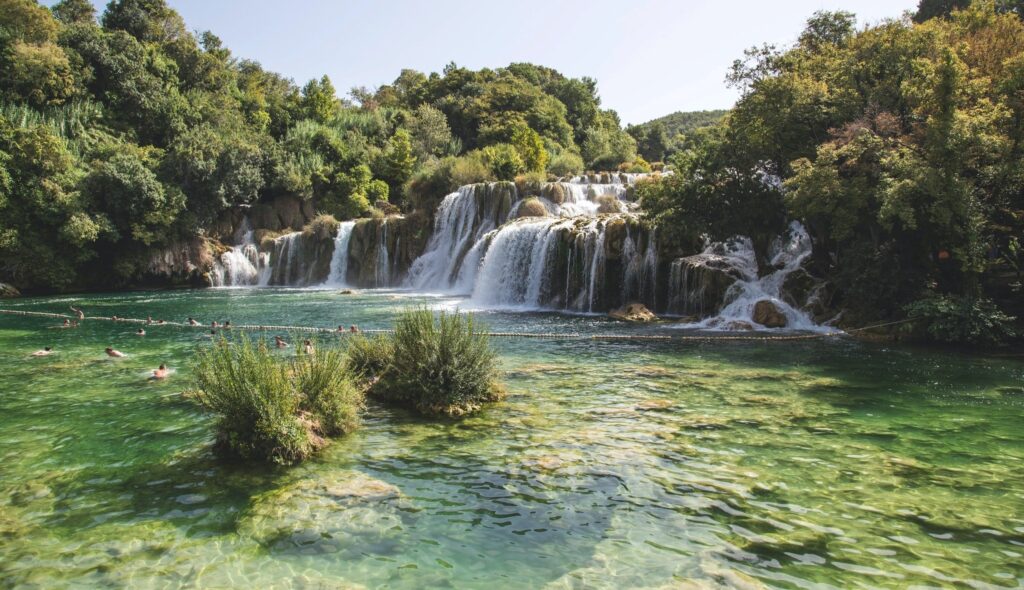
These formations remind us that our planet is still sculpting masterpieces. While some face threats from climate change and human activity, conservation efforts aim to preserve them.
They serve as natural laboratories for understanding Earth’s processes. Perhaps the most stunning gallery on Earth is the planet itself.
More from Go2Tutors!

- Famous Battles: How Much Do You Really Know About U.S. History?
- Top 5 Most Important Skills, According To Harvard Business School
- How Well Do You Know 90s Pop Culture? Take the Quiz
- Master the Art of Public Speaking with These Expert Tips
- Think You Know Capitals? Put Your Knowledge to the Test
Like Go2Tutors’s content? Follow us on MSN.


